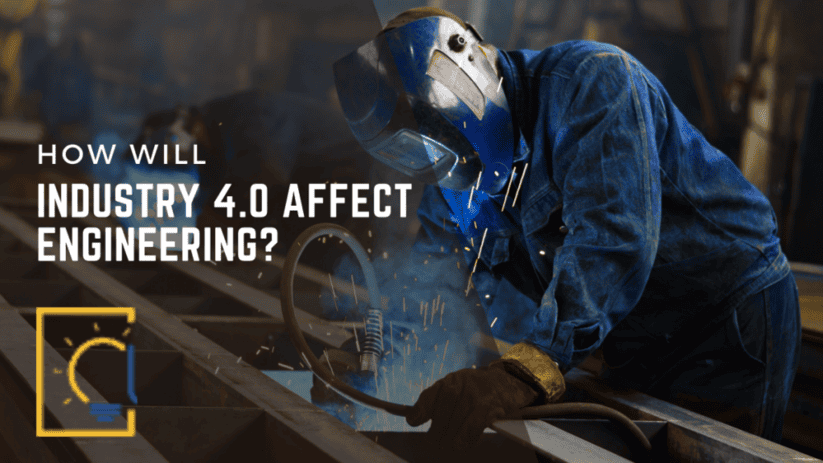4 Innovations Artificial Intelligence Brings to Manufacturing Engineering
While robots have long been employed in industries, modern robots are designed to execute repetitive mechanical jobs. Instead, they are sophisticated actors in Industry 4.0. Artificial intelligence (AI) is a golden opportunity in manufacturing engineering: it enables current, innovative, and unique products from maintenance to virtual design.
It is undeniable that artificial intelligence (AI) will play a pivotal role in the future of manufacturing engineering. According to a recent Forbes Insights on AI study, 44 percent of respondents from the automotive and manufacturing industries believe AI would be the key to industrial success in the next ten years. Because of production processes and information technology, human and robot synchronization now yields amazing discoveries). Here are four AI-enhanced manufacturing engineering activities.
1. Collaborative Manufacturing
AI and machine intelligence are giving the industrial business a facelift. According to the World Economic Forum research, the fourth industrial revolution will launch by the partnership of AI, sophisticated robots, IoT (internet of things), and additive manufacturing. Companies seek to keep inventories lean, enhance revenue, and minimize operating expenditures by implementing AI manufacturing-intensive industries. Manufacturers who use AI and machine learning cut down on downtime, discover production faults, expand their supplier chain, and shorten design periods.
In the manufacturing industry, IoT and smart sensors have a significant impact. IoT may track and check production quotas for supervisory purposes and add up the control panels. When IoT is combine with augmented reality and virtual reality to analyze client input. It delivers important knowledge that aids in developing significant innovations.
2. Microscopic Defect Identification
The human eye can’t see faults half the size of a strand of hair. But a robot with a powerful camera and zoom inspection skills would be able to discover even the tiniest flaws. Making precise judgments and revisions is challenging for a machine, but people can handle this logical step and feed decisions back to the system. Landing.ai, for example, is a machine create by Silicon Valley Maestro Andrew Ng that uses machine vision to detect microscopic faults in small products such as circuit boards at ultra-high resolutions. This machine employs a machine-reading algorithm that has traine on incredibly small samples of photographs. Landing.ai can “see,” “process,” and even “learn” from what it observes. It quickly alerts the operator when it finds a fault, known as automatic issue identification.
3. Design Alternatives
Artificial intelligence is a major component of a new process known as a generative design in manufacturing. Engineers enter their design objectives, such as material characteristics, production procedures, and cost limitations, into generative design software during this new manufacturing phase. The software tool quickly evaluates all possible options and “generates” design variations as a solution. Finally, the software examines each iteration using machine learning capabilities to select the optimal design to use.
4. Predictive Maintenance
Machine maintenance is one of the most common duties in the industrial industry. AI currently has a one-of-a-kind method called predictive maintenance. Unlike preventive maintenance, this innovative technology eliminates guesswork by programming machines to constantly account for their states on a real-time basis. Digital twins, detectors, and modern analytical tools are embed in production systems to execute predictive maintenance. It saves the producer time and money and assures that the manufacturing process runs smoothly. For example, predictive maintenance is employ in titanium production equipment, where IoT and machine learning are widely use.
Conclusion
Since their beginnings, robots have to employ comprehensively in manufacturing, engineering, and production. Sensors can utilize to track every step of the manufacturing process and exchange information with an AI system. These production techniques are more effective and faster when done by machines, from flaw detection to correction measures.
In conclusion, despite the potential for more unemployment due to artificial intelligence adoption, the industrial industry will be more productive and efficient. It is time for the workforce to emphasize cutting-edge technology and efficient operations to improve the manufacturing engineering industry.

About Cleverativity
Cleverativity provides enterprises of all sizes with entire labor management, engineering, quality lifecycle management, and IT solutions that provide a strategic partnership. We recognize the need for modernization as an organization of engineering experts. Our engineering solutions give clients agility and enhancement by optimizing the value chain to satisfy industry regulations and full product specifications. Learn more about our digital engineering and automation services.